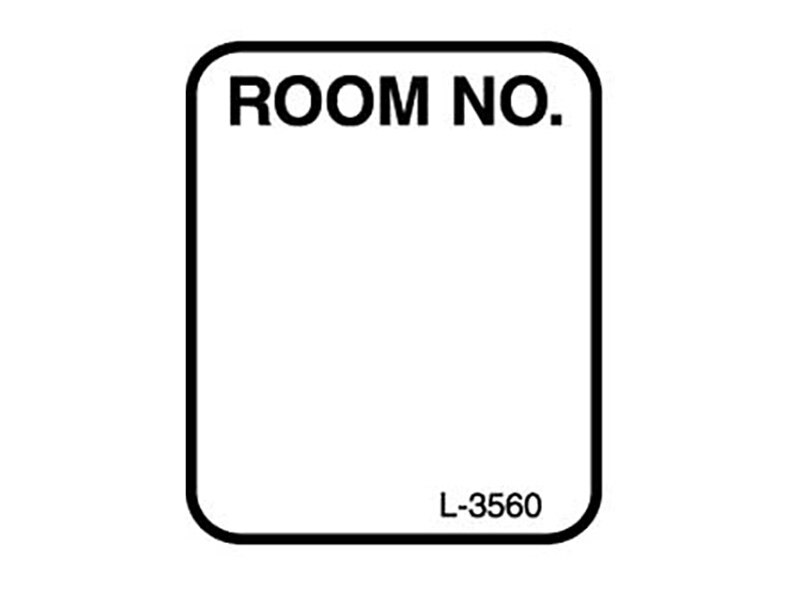
when a spinal disk slips out of place and moves into the space around your spinal cord, pressing on nearby nerves. Progressive wear-and-tear of the spinal disks in your neck (cervical disks) that can press on the spinal cord (cervical myelopathy). Inflammation in one or more segments of your spinal cord. For some disorders, getting treatment quickly can lower your risk of long-term or permanent symptoms.Ĭommon conditions that can affect your spinal cord include:

Severe symptoms that can result from spinal cord damage can include loss of bladder control or paralysis. Any injury to your spinal cord can cause severe symptoms in the parts of your body below the injury.

Spinal cord injuries and disorders are serious. Many disorders or injuries can affect your spinal cord. What conditions and disorders affect the spinal cord? In most adults, your spinal cord is about 18 inches (45 centimeters) long. At your lower back, your spinal cord forms a cone shape called the conus medullaris. The spinal cord begins at the bottom part of your brainstem, called the medulla oblongata. These electrical nerve signals help you feel sensations (sensory nerve) and move your body (motor nerves). Your spinal nerves send electrical signals between your brain, spinal cord and the rest of your body. The cauda equina includes nerves that provide sensation to your lower body. The cauda equina comes from the Latin words for “horse’s tail,” because early anatomists thought the nerve collection looked like a horse tail. You also have a nerve bundle at the base of your spinal cord called the cauda equina. Five sacral nerve pairs (nerves in the low back extending into the pelvis).Five lumbar nerve pairs (nerves in the low back that run to your legs and feet).Twelve thoracic nerve pairs (nerves in your upper body that extend to your chest, upper back and abdomen).Eight cervical nerve pairs (nerves starting in your neck and running mostly to your face and head).You have 31 pairs of nerves and nerve roots in your spinal cord. Both the epidural and arachnoid spaces provide extra shock absorption for your spine. Sometimes, providers need to insert a needle into the subarachnoid space to test CSF for certain infections. Here, cerebrospinal fluid (CSF) provides extra cushioning and protection for your spinal cord. The subarachnoid space is between the arachnoid mater and the pia mater. This space is where healthcare providers insert anesthesia during childbirth, known as epidurals. The epidural space is between the dura mater and arachnoid mater. What are the epidural and arachnoid spaces? The inner layer that covers your spinal cord. The middle layer between the epidural and subarachnoid space. The outer layer that protects your spinal cord from injury. Like your brain, layers of tissue called meninges cover the spinal cord. What tissues and fluids make up the spinal cord? What are the main parts of the spinal cord? They act as shock absorption and cushion for your vertebrae and spinal cord. Disks have a tough outer shell and a gel-like interior. Between each pair of vertebrae, you have a spinal disk. Your vertebrae stack on top of each other, from your pelvic bones to your skull. The bones in the vertebral column are called vertebrae (plural of one spine bone, a vertebra). A protective layer of bone called the vertebral column covers and protects your spinal cord.

Your spinal cord is a band of tissues, nerves and cells. People often refer to the spinal cord and vertebral column together as the spine. What is the difference between the spinal cord and the vertebral column? Your spinal cord is one of the main parts of your nervous system. It's a delicate structure that contains nerve bundles and cells that carry messages from your brain to the rest of your body.

Your spinal cord is a cylindrical structure that runs through the center of your spine, from your brainstem to your low back.


 0 kommentar(er)
0 kommentar(er)
